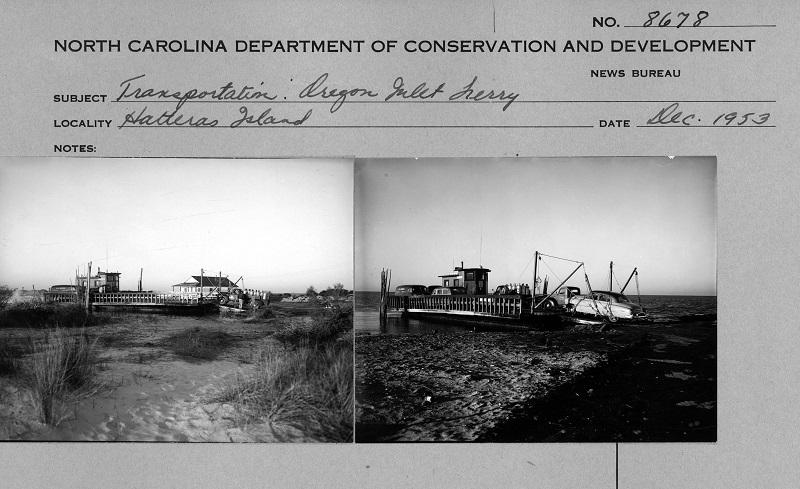North Carolina's Outer Banks have long been a desirable destination for tourists, fishing enthusiasts, and even an aviation pioneer or two.
So it makes sense that our state has the second-largest state-owned ferry system in the country behind the state of Washington.
Ferries around the Outer Banks travel from 5 to 25 miles over seven routes up and down our inner and outer shores. The state operates over 200 daily ferry trips and transports more than 1.1 million vehicles and 2.5 million passengers annually.
Over the next 10 years, the state will receive $92 million to offset pollution emitted by Volkswagen vehicles. The first phase of that disbursement - $30 million - included funding from 2018 to 2020. The Department of Environmental Quality initially awarded that VW funding to the N.C. Department of Transportation, Ferry Division, to replace four ferry diesel engines with new diesel engines, but the division later declined the award due to internal budget issues.
 That may turn out to be good news.
That may turn out to be good news.
Ferries are a large source of greenhouse gas emissions for state transportation, so a coastal state like North Carolina could go a long way toward meeting clean energy goals by electrifying its ferry fleet.
Electric-powered ferries are an attractive option for several reasons. First, the boats cover the same route over and over, so planning and charging can be much easier than if the route varied every day. It's easy to calculate the distance the ship will cover over its lifetime and trips are short, with adequate time between trips for recharging.
Another plus is that marine life may benefit from the switch, because noisy diesel engines can cause problems for aquatic animals that use sound to locate food. In 2013, University of Washington researchers found that at least one noisy ship traveled the area’s busy shipping lanes at least 90 percent of the time, resulting in noise levels that could harm marine life. Like a hybrid car, electric ferries are much quieter than their fossil-fueled counterparts.
The Washington Maritime Blue 2050 initiative has a goal of making that state's 23-ferry fleet the nation’s most sustainable maritime industry over the next 30 years. Washington state recently finalized its Volkswagen Beneficiary Mitigation Plan, and its ferry electrification project will receive about $117 million toward building five new electric ferries. Washington officials estimate that repowering the state's entire ferry fleet could eliminate up to 30 tons of smog-producing carbon dioxide pollution per engine per year.
The state of Maine also aspires to have an all-electric ferry fleet. Its ferry service connects the mainland with six island communities using seven vessels. Two of those were built in 1959 and 1960, and the service has not launched a new vessel since 2012. Maine State Ferry Service plans to seek bids this fall for ferries with a diesel-electric hybrid system and an onboard stored power battery system.
North Carolina's ferries range in age from three years to 44 years. As each needs to be replaced, why not be on the cutting edge of technology while improving air quality and ocean habitat? With a ferry system that's as visible, popular and essential as ours, we should take the lead in adopting electric technology to protect our environment - from the fresh, clean coastal air above and around us to the marine animals that live below the waves.